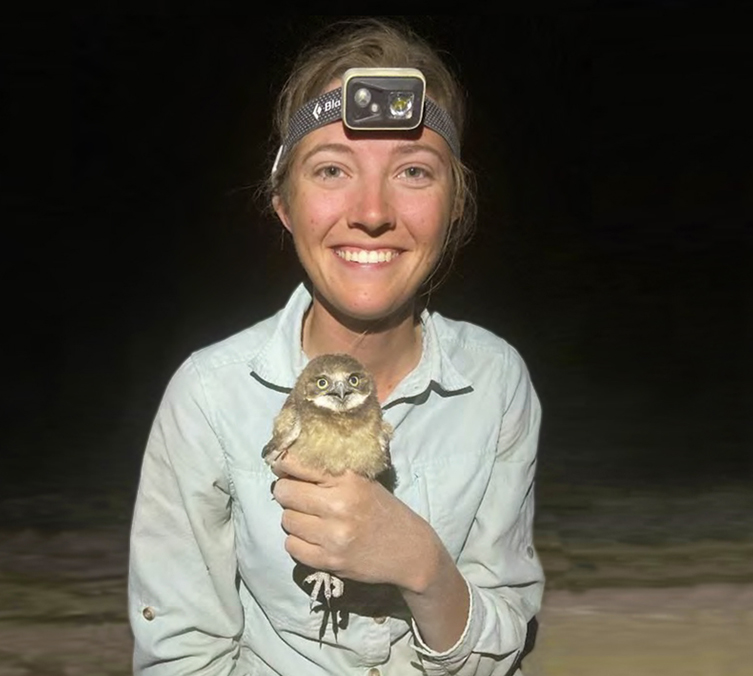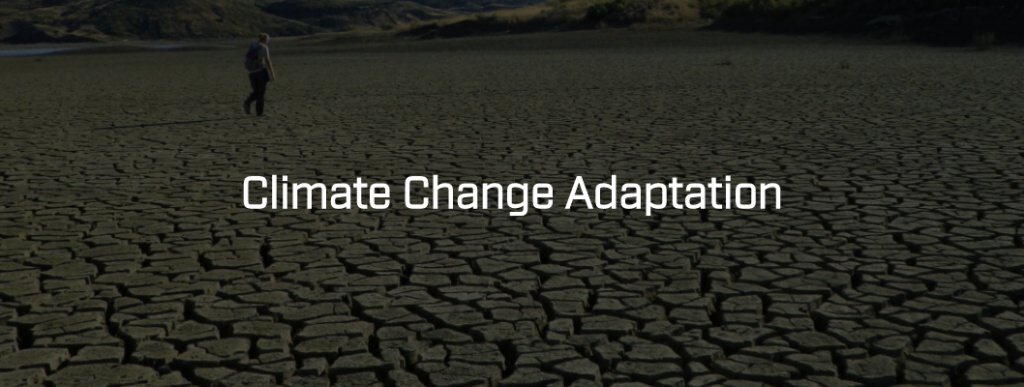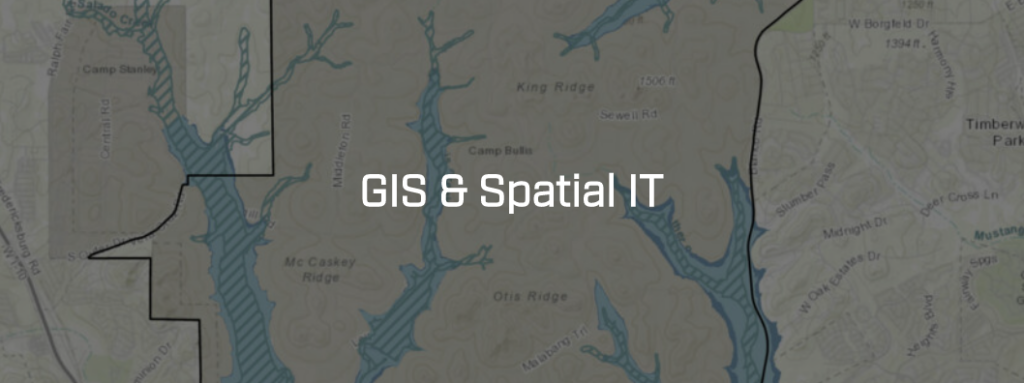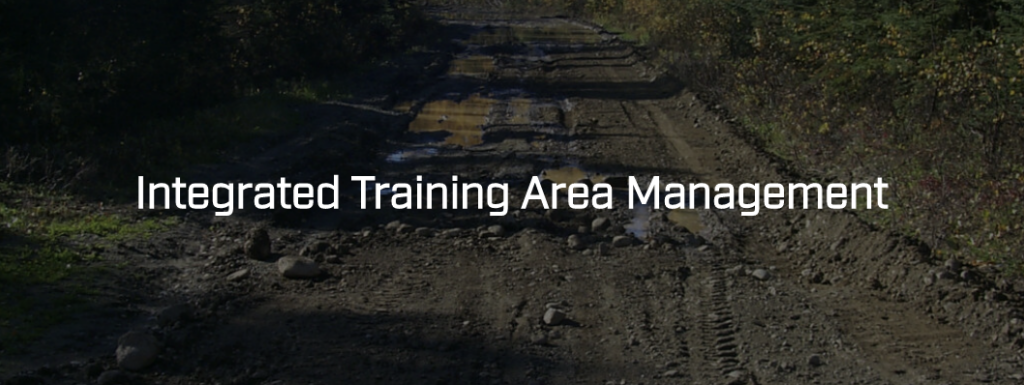Developed at Colorado State University in the mid-1980’s by Dr. Robert Shaw, the Center for Environmental Management of Military Lands (CEMML) has supported resource conservation on federal lands for nearly four decades. Since an initial vegetation sampling project was conducted at the Pinon Canyon Maneuver Site near Colorado Springs in 1985, CEMML has expanded to offer a wide range of environmental services, including climate change adaptation, natural and cultural resources management, environmental planning and compliance, integrated training area management, geographic information systems, and spatial analysis.
CEMML Historic Timeline
1984
The seeds that will result in the establishment of CEMML are first sown at a social gathering in Washington, D.C., where a discussion about the environmental impacts of military training takes place. The U.S. Army Corps of Engineers Research Lab in Champaign, Illinois, is eventually tasked with monitoring the condition of natural resources on training lands.
1985

As part of that monitoring, the Construction Engineering Research Laboratory (CERL), an entity within the U.S. Army Corps of Engineers, reaches out to Colorado State University for assistance in sampling vegetation at the Pinon Canyon Maneuver Site near Colorado Springs. Dr. Robert Shaw, a professor at Colorado State University in the Department of Forest, Rangeland & Watershed Stewardship, hires a crew to carry out the sampling. Shaw’s team, begins doing more such work for CERL.
1988
Shaw’s team conducts CSU’s first floristic survey at Pohakuloa Training Area in Hawaii.
1989
Shaw’s team continues land condition monitoring work at Pinyon Canyon and Fort Carson in Colorado, as well as Pohakuloa Training Area in Hawaii. About the same time, plants are collected by crews at Fort Carson and Fort Hood, Texas.
Over time, CEMML’s collection of plant specimens continues to grow, carefully curated by CEMML Botanist, Nancy Hastings. As of 2023, the CEMML Herbarium includes over 36,000 specimens from 68 installations across the continental U.S., Hawaii, Alaska and Germany – the only known military-based herbarium of its size.
1990
Concern over dwindling populations of the endangered red-cockaded woodpecker on Fort Bragg, North Carolina, brings troop training to a halt. As a result, the Department of Defense focuses on compliance with the federal Endangered Species Act. CEMML, known initially as the Center for Ecological Management of Military Lands, provides increasing support for this rapidly growing area.
Learn About CEMML Red-cockaded Woodpecker Conservation Efforts in Louisiana
1991
CEMML begins to work on a broader array of DoD compliance and management projects. It is formally established as a research and service unit within Colorado State University’s Warner College of Natural Resources.
1992
The initial plant inventory established in 1989 and the expansion of the Land Condition and Trend (LCTA) program (later known as Range Training Land Assessment or RTLA) led to plant inventories across the U.S. and the ultimate creation of the CEMML Floristics Lab.
1994
CEMML formally adds Geographic Information Systems (GIS) to its list of offered services.
1995

CEMML’s Vocational Education Building on the Colorado State University campus, is added to the Colorado State Register of Historic Buildings. The brick Edwardian-style building, constructed in 1910, was home first to a soils laboratory and then a fish hatchery, and was added on to three times over the years. It was listed for its continued importance to research and development focused on the state’s lands, soils, and conservation. CEMML begins a complete renovation of the building.
1997
CEMML’s 45 employees move into the newly-renovated Vocational Education building. The organization brings in $7 million in federal grants and awards annually.
1999
James Zeidler is hired to develop a Cultural Resources Management Program at CEMML. He implements an expansion of on-site technical support staff stationed at numerous Army and Air Force installations, as well as in-house cultural resources support based in Fort Collins. This scaling of staff allows CEMML to provide a broad range of expertise within Cultural Resources Management.
2001
CEMML changes its name, becoming The Center for Environmental Management of Military Lands, in recognition of its broader scope of projects.
2007
CEMML Founder, Robert Shaw steps down as Executive Director and retires from CSU.
2008
Steve Warren is hired as Executive Director.
2010
Lee Barber, former National Guard Bureau conservation lead, hired as CEMML’s next Executive Director.
2012
The Air Force develops a Wildland Fire Branch to manage the increasing threat of wildfire to installations. CEMML experts provide fire management, mitigation, and prescribed burn planning.
2013
CEMML significantly expands its GIS/Spatial IT support to the Air Force. CEMML develops an enterprise system for managing the Air Force’s GIS data, and within 3 years, its revenue from Air Force projects has doubled.
2014
Harold Goetz passes away. The head of CSU’s Department of Range Science from 1988-1997, Dr. Goetz was instrumental in the early development and continued success of CEMML.
To train the next generation of environmental professionals to manage military lands, CEMML establishes the Sustainable Military Lands Management specialization within the Master of Natural Resources Stewardship program. The specialization consists of three courses designed to teach ecological concepts, technical skills, and communication skills for natural and cultural resource management on DoD lands.
2016
Erica Fleishman succeeds Lee Barber as CEMML Executive Director.
CEMML Associate Director Liz Caldwell initiates an effort to expand CEMML services to include climate change adaptation. The program, now formally named the Climate Adaptation and Management Planning Program (CAMPP), provides multi-disciplinary analysis of the threats that Department of Defense installations face from climate change.
2017
CEMML gets a major award to support the Navy in Guam, and its work with the Navy begins to steadily increase.
The Sustainable Military Lands Management specialization, with increasing emphasis on real-world experience, is designated as a graduate certificate course. This online course is the first and only program of its kind in the nation.
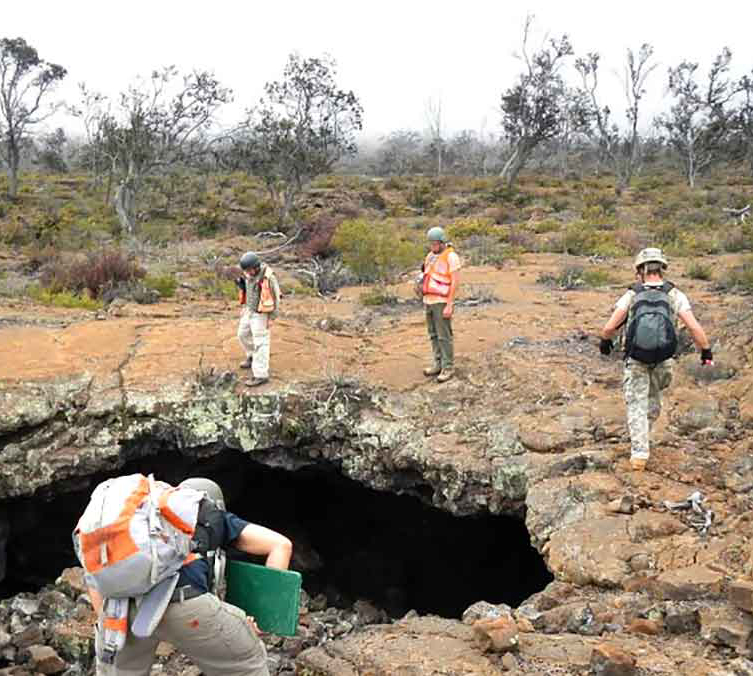
Sustainable Military Lands Management Graduate Certificate - Students gain the knowledge and skills to work with the rapidly evolving practices, technologies, and analytical tools necessary to support conservation and sustainable management of natural and cultural resources on Department of Defense lands.
2020
For the first time, CEMML reaches the $100 million mark in research funding, amounting to one-quarter of CSU’s total research dollars.
Reymundo “Tony” Chapa appointed as Executive Director, succeeding Erica Fleishman.

Warner College Appoints Reymundo Chapa Executive Director of Center for Environmental Management Military Lands - Chapa, a U.S Army combat veteran and archaeologist, served as CEMML's interim executive director for one year leading up to the appointment and previously served as associate director of cultural resources.
2022
CEMML employs more than 700 full-time and seasonal employees at 90 DoD facilities across the country and overseas. It manages more than 250 projects annually.
2023
CEMML formally launches its Early-career Development Program, providing college students and recent graduates opportunities to work at military installations on natural and cultural resource projects.
Reymundo “Tony” Chapa steps down as Executive Director. Dr. Barker Fariss is appointed as CEMML’s Interim Director.

Environmental compliance expert appointed as CEMML interim director - “His [Barker Fariss'] extensive background in leading federal, state, university, and corporate initiatives and his deep understanding of Indigenous science, environmental policy, and legislation provide a unique opportunity for CEMML.” - A. Alonso Aguirre, Dean of CSU's Warner College of Natural Resources'
Latest CEMML Stories
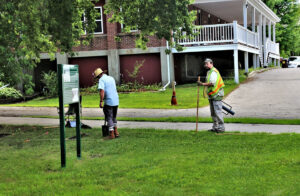
CEMML archaeological survey explores early 20th century history of Fort McCoy
An archaeological survey conducted by CEMML personnel in the summer of 2022 was initially meant to investigate the creation of several hundred concrete tent pads at Fort McCoy, Wisconsin. Research into the tent pads, dating from around the early 20th century, also unearthed additional information about other possible known archaeological features and sites around what is referred to as “Old Camp McCoy.”

Canine detectives help locate long-forgotten burials at a Virginia military base
Mulberry Island, Virginia, the location of Joint Base Langley-Eustis, has a long history of human habitation, dating back 10,000 years. The area has more than 230 archaeological sites, including cemeteries with unmarked graves. CEMML, in partnership with the Fort Eustis Cultural Resources Program, is using human remains detection dogs to help identify unmarked burial sites to better understand, honor, and preserve the area’s rich history.
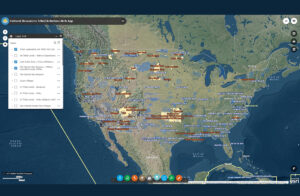
CEMML partnership helps ensure Native American voices are heard in military planning
Much of the roughly 26 million acres that the Department of Defense oversees nationwide was once occupied by Native American tribes. Military installations are legally required to consult with interested tribes when carrying out projects that affect natural and cultural resources. A tool developed by CEMML and the Air Force Civil Engineer Center helps determine which tribes may have an interest in an installation’s land or airspace.
